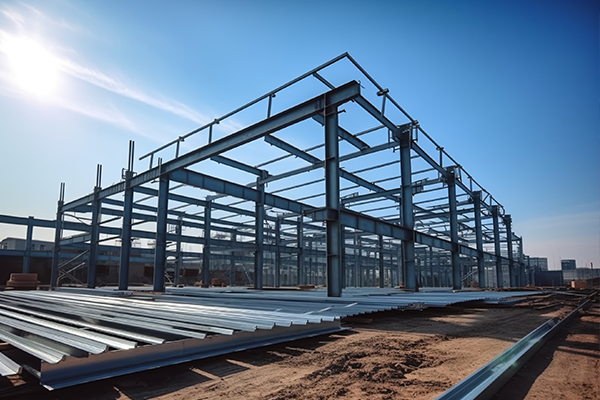NewsDetails
The Eiffel Tower's Revelation: The Longevity Code of a Century-Old Steel Structure
author:Tianxing time:2025-04-17 18:21:28 Click:179
Standing tall since 1889, Gustave Eiffel’s iconic tower—originally conceived as a temporary exhibit for the Paris World’s Fair—has defied time, weathering over a century of environmental and mechanical challenges. No longer the world’s tallest structure, the 324-meter iron giant remains a testament to engineering brilliance. More than just a monument, the Eiffel Tower offers profound insights into the durability of steel structures: in the eternal battle between metal and time, maintenance is not optional—it is a continuous ritual of civilization.
Preventive Maintenance: A Design Philosophy Ahead of Its Time
The Eiffel Tower was, in many ways, an early exemplar of preventive maintenance. Eiffel chose wrought iron—a purer, more malleable form of iron with lower carbon content than cast iron—enhancing its resistance to fatigue. Its 18,038 prefabricated parts were joined by 2.5 million hot-riveted bolts, a design that not only distributed structural stress but also allowed for easier inspection and replacement. Most crucially, the tower’s paint system—originally Venetian red, now the signature "Eiffel Tower Brown"—serves as its first line of defense. Eiffel himself mandated that the tower be repainted every seven years, a tradition upheld to this day. In 2019, when restorers found that only 10% of the original paint remained, a €60 million renovation was launched—proof that adherence to Eiffel’s vision remains vital.
A Century of Innovation in Corrosion Control
The maintenance history of the Eiffel Tower reads like a chronicle of steel preservation. In its early years, workers scaled the structure with ropes and brushes; by 1925, the installation of permanent lighting systems demanded specialized anti-corrosion treatments for electrical components. World War II’s neglect led to severe rusting, but the 1980s introduced sandblasting, dramatically improving rust removal. In the 21st century, drones and 3D scanning enabled millimeter-precise defect detection across its 7,300 tons of steel. A breakthrough came in 2009 with zinc-magnesium anodes, an electrochemical system that attracts corrosion away from critical joints, reducing rust rates by 80%. These advancements underscore a fundamental truth: a steel structure’s longevity depends not on initial perfection, but on evolving, relentless care.
Key Strategies for Century-Long Durability
From the tower’s maintenance legacy, several critical strategies emerge:
Layered Defense – Multiple protective systems, from external paint to internal dry-air circulation, ensure that no single failure leads to catastrophic damage.
Minimal Intervention – During the 2014 restoration of the first platform, engineers preserved 85% of original rivets, replacing only the compromised ones.
A Culture of Preventive Maintenance – The Société d'Exploitation de la Tour Eiffel (SETE) allocates €15 million annually (75% of ticket revenue) to upkeep, prioritizing preservation over profit. As the current technical director states: "We are not repairing history—we are extending the future."
Lessons for Modern Steel Structures
The Eiffel Tower’s legacy influences contemporary architecture:
Chicago’s Willis Tower employs carbon-fiber wrapping, inspired by the tower’s stress-distribution principles.
Tokyo’s Skytree integrates a tuned mass damper, much like the Eiffel Tower’s wind-resistant design.
Shanghai Tower’s spiral form facilitates segment-by-segment maintenance, mirroring Eiffel’s approach.
With smart sensors and self-healing materials, future steel structures may achieve autonomous repair—yet the Eiffel Tower reminds us that no technology can replace human vigilance.
Conclusion: The Unending Marathon of Maintenance
Gazing upon this latticework masterpiece, we see more than a tourist attraction—we witness a philosophy of persistence. Every bolt whispers the same truth: steel would succumb to time, were it not for humanity’s unwavering stewardship. In an era of climate change and disposable construction, the tower’s century-long endurance offers a crucial lesson: true sustainability lies not in the material, but in our willingness to care for our architectural heritage like an heirloom. Perhaps this is Eiffel’s greatest revelation—that civilization endures only through an endless marathon of maintenance.
 Recommended Products
Recommended Products
 Contact us
Contact us
—— Contact:Ms. Zhang
—— Tel:(+86)18399688883
—— Email:18399688883@163.com
—— Url:https://www.tianxingmaterials.com
—— Address:Horgos City, Ili Kazakh Autonomous Prefecture, Xinjiang, China







